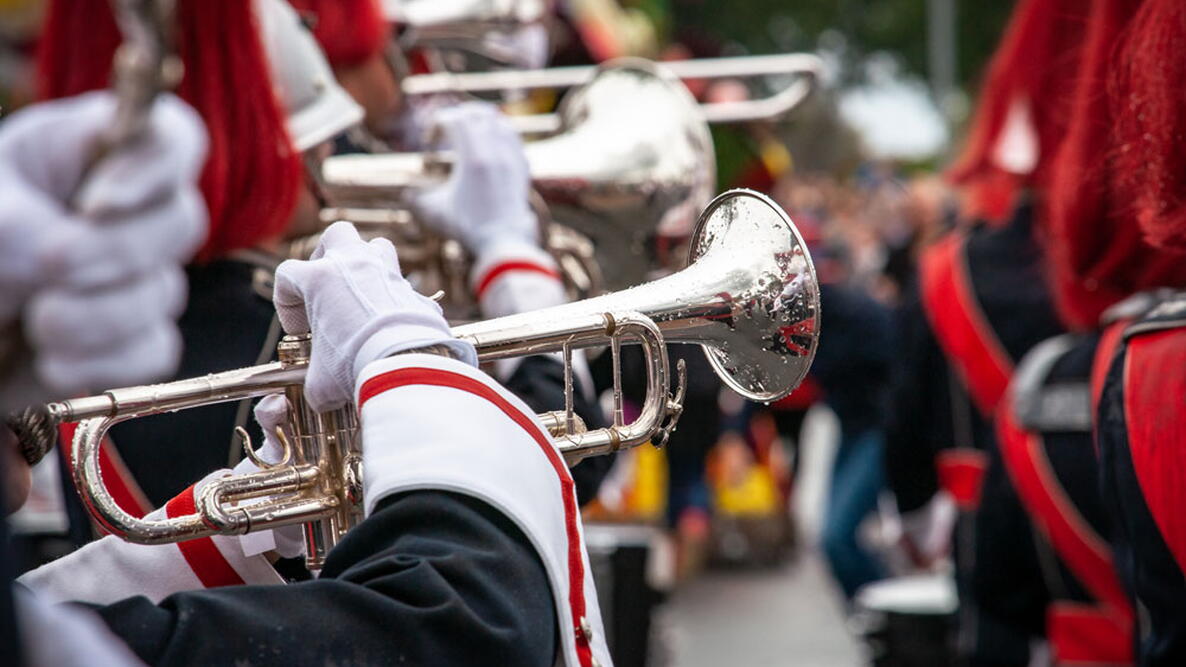
How a Back-of-an Envelope Inspiration Became an Anthem
ADVERTISEMENT
Thank you for this piece of history, especially Gen. Butterfield's sensitivity and creativity in composing "Taps." However, I find one piece of this history, the Reunion at Gettysburg, to be incomplete in this simplified version. For WHITE Union and Confederate veterans -- and by extension -- the Union and former Confederate states to reconcile, the nation twisted the reasons for the Civil War, obscuring slavery over which it was fought. The government , including the Supreme Court, and late 19th-mid 20th century historians chose "states’ rights" as the cause. of the War In the process, white supremacy justified Jim Crow discrimination and the rise of the KKK. The "day is not done" until equal civil and human rights for all are confirmed and celebrated.
When a girl, I belonged to a Girl Scout troop. At camp we sang lyrics to Taps. All I remember now is that it began 'Day is done, gone the sun, from the....blank ' The last line was. 'God is nigh '. Does this sound familiar to anyone?
Yes, it is very familiar. Our troop ended each meeting the same way. It goes:
Day is done.
Gone the sun
From the lakes,
From the hills,
From the sky.
All is well.
Safely rest.
God is nigh.
We had motions that we did as we sang. It was always moving, even as a child. Now, I unashamedly weep whenever I hear Taps.
Hope I was able to help.
I have always loved 'Taps' since I first heard it at a military burial in Nebr. Thanks for the reminder of the words. Beautiful! Lost my husband, USAF, November, 2019.
I have been playing Taps for events since I was in high school and that was a long time ago and my daughter Lilli is in high school now and we play together at funerals, Memorial Day we just go around to 5-6 cemeterys and play. Lilli has played solo Memorial Day ceremonies at court house and school advents. I am a PROUD MOMMA!
Thank you, and thank to your daughter for caring on.

 But his very considerable talents were not all tactical or administrative. He had a creative bent. Among other things, he was the originator of the ‚Äúshoulder patch,‚ÄĚ or badge, which he designed to identify the soldiers of his unit and which is now in use by armies all over the world.
But his very considerable talents were not all tactical or administrative. He had a creative bent. Among other things, he was the originator of the ‚Äúshoulder patch,‚ÄĚ or badge, which he designed to identify the soldiers of his unit and which is now in use by armies all over the world.





